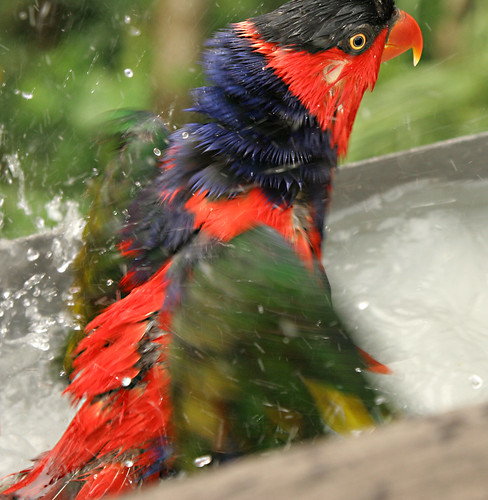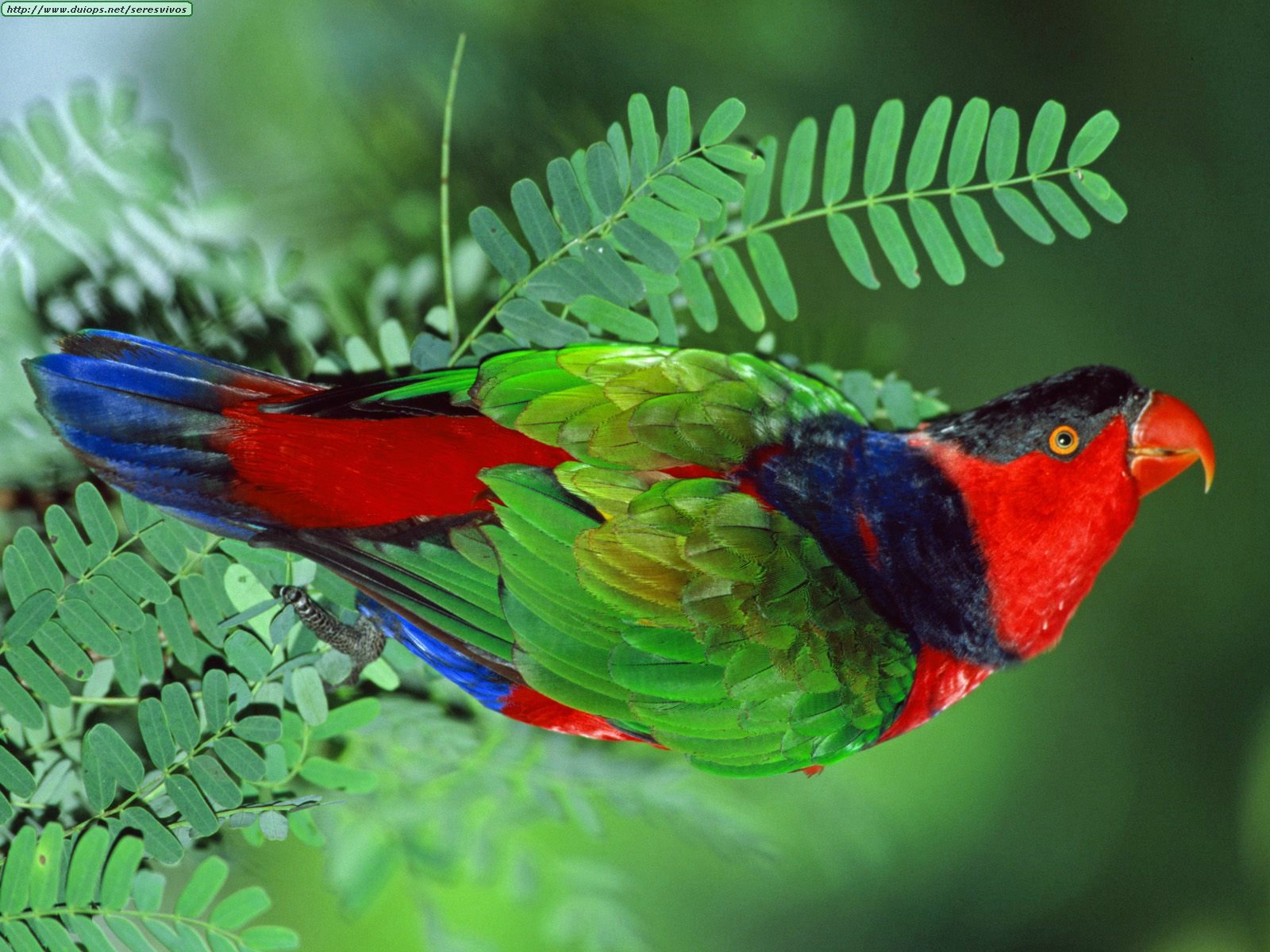The black-capped lory is VJ Czar World’s first Organism of the Week. Actually, I chose to feature this bird because of the fact that my family has got one as a pet. Ours is a male black-capped lory whom we call by the name “Kawan”. He was transported illegally from somewhere in
Anyway, let’s move on to what I should say.
The black-capped lory is a kind of parrot which is native in the East Indies—from the
Black-capped lories are commonly found in primary forests and forest edges in most lowland areas up to 1,000 meters, but not in monsoon forests or coconut plantations. They are usually in pairs and occasionally in groups of 10 or more. They feed on fruits, pollen, flowers and insects.
Taxonomically, it is known as Lorius lory. It has seven well-known subspecies which vary significantly in color. However, all of these subspecies possess green wings, red heads and body around the wing, a black cap, grey-black cere, yellow underwings, and blue legs and belly. A certain subspecies known as Lorius lory cyanuchen has been classified as endangered, with only 5,000 of them currently existing.
The black-capped lory may be kept as pets. It is certainly noisy yet very entertaining. It can also be taught to mimic sounds and speak short phrases and expressions.
Top 3 Black-capped Lory Snapshots










1 comments:
I hope you enjoy your pet. They certainly are beautiful birds.
Post a Comment